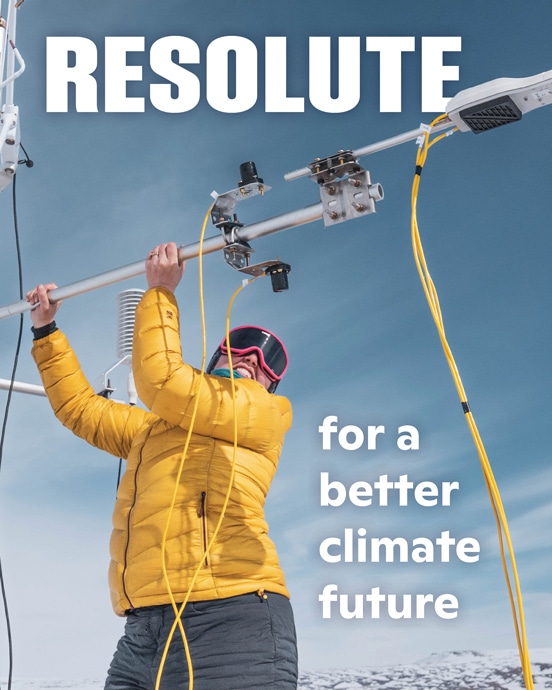Sobering news for the North
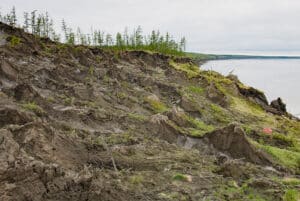
Science columnist Torah Kachur says new research indicates the Canadian North is not as effective a carbon sink as once thought.
A third of the Arctic’s vast carbon sink now a source of emissions, study reveals
Critical CO2 stores held in permafrost are being released as the landscape changes with global heating, report shows
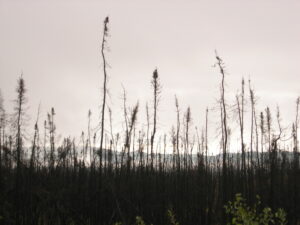
A third of the Arctic’s tundra, forests and wetlands have become a source of carbon emissions, a new study has found, as global heating ends thousands of years of carbon storage in parts of the frozen north.
For millennia, Arctic land ecosystems have acted as a deep-freeze for the planet’s carbon, holding vast amounts of potential emissions in the permafrost. But ecosystems in the region are increasingly becoming a contributor to global heating as they release more CO2 into the atmosphere with rising temperatures, a new study published in Nature Climate Change concluded.
Map reveals Alaskan ‘hotspots’ of extreme warming
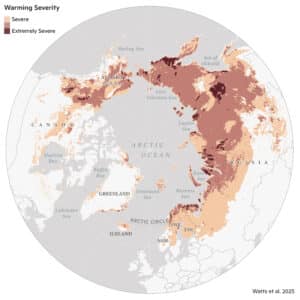
Some of the regions changing the fastest due to climate change are in the far north of the U.S. and Canada.
According to a new paper in the journal Geophysical Research Letters, the fastest-changing areas are dotted around Alaska, Canada’s Northwest Territories, and Siberia.
20 of the most vulnerable hot spots were home to permafrost, which is rapidly thawing around the Arctic, with others being boreal forests.a
Why more frequent cold blasts could be coming from global warming
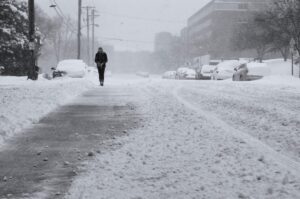
Frigid air that normally stays trapped in the Arctic has escaped, plunging deep into the United States for an extended visit that is expected to provoke teeth-chattering but not be record-shattering.
It’s a cold air outbreak that some experts say is happening more frequently, and paradoxically, because of a warming world. Such cold air blasts have become known as the polar vortex. It’s a long-established weather term that’s become mainstream as its technical meaning changed a bit on the way.
A year of extreme weather that challenged billions
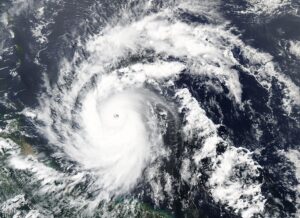
Climate change has brought record-breaking heat this year, and with it extreme weather, from hurricanes to month-long droughts.
This year is expected to be the hottest on record, and new research shows that people around the world experienced an additional 41 days of dangerous heat due to climate change.
Researchers from the World Weather Attribution (WWA) group at Imperial College and Climate Central said the study shows “we are living in a dangerous new era”.
From Brazil to Indonesia we take a look back at the climate events that affected the lives of billions in 2024.
Communicating science
Scientific research is essential to almost all aspects of life- yet we’re in an age when scientists and their findings are met with contempt, distrust and even anger. We hear how this impacts scientists professionally and personally, and discuss strategies for repairing the relationship between science and the public.
With us:
Anne Toomey, associate professor of environmental studies and science at Pace University. She’s the author of the new book Science with Impact- How to Engage People, Change Practice, and Influence Policy
Heather Goldstone, Chief Communications Officer at Woodwell Climate Research Center
Chris Gloninger, Senior Climate Scientist at the Woods Hole Group.
The state of the Arctic: High temperatures, melting ice, fires and unprecedented emissions
The Arctic tundra has switched from a carbon sink to a source of emissions, according to a NOAA report.
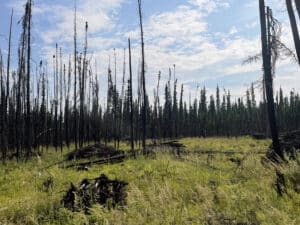
The Arctic just experienced its second-hottest year on record. And concerningly, the region’s tundra has transitioned from being a sink for carbon to a source of emissions as permafrost thaws, releasing carbon dioxide and methane.
That will only amplify the amount of heat-trapping gases that enter the atmosphere, paving the way for further warming.
Second-warmest November on record means that 2024 is likely to be Earth’s hottest year, report says

Earth just experienced its second-warmest November on record — second only to 2023 — making it all but certain that 2024 will end as the hottest year ever measured, according to a report Monday by European climate service Copernicus.
Last year was the hottest on record due to human-caused climate change coupled with the effects of an El Nino. But after this summer registered as the hottest on record — Phoenix sweltered through 113 consecutive days with a high temperature of at least 100 degrees Fahrenheit (37.7 Celsius) — scientists were anticipating that 2024 would set a new annual record as well.
Continue reading on AP News.




